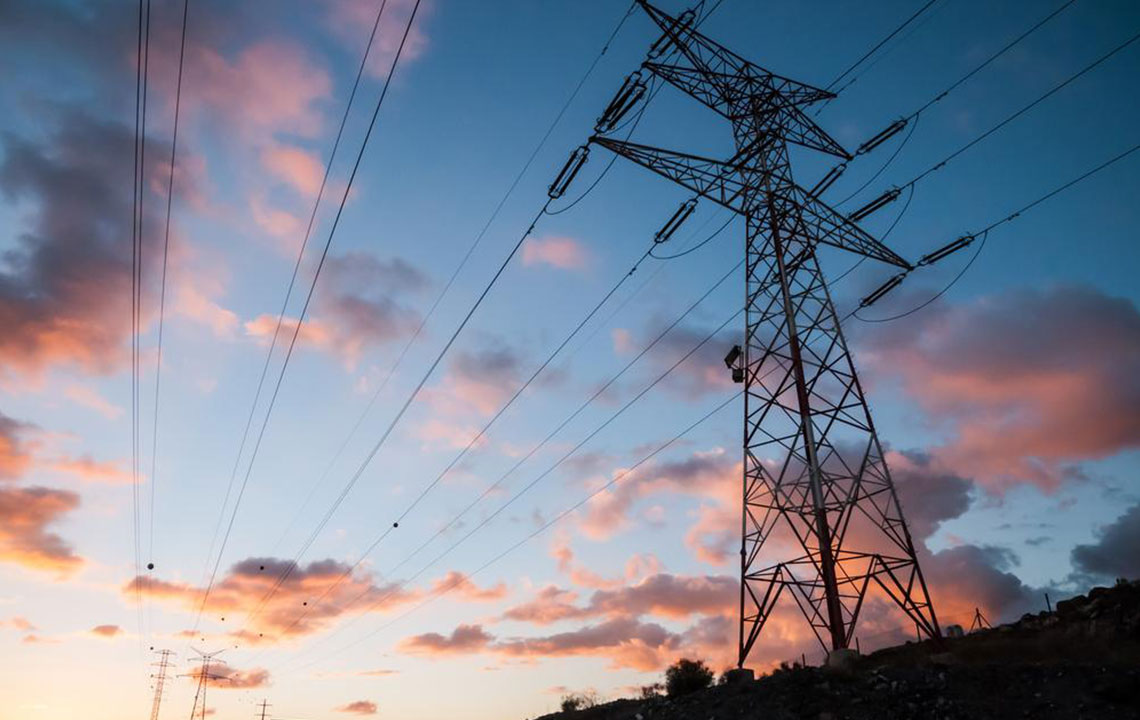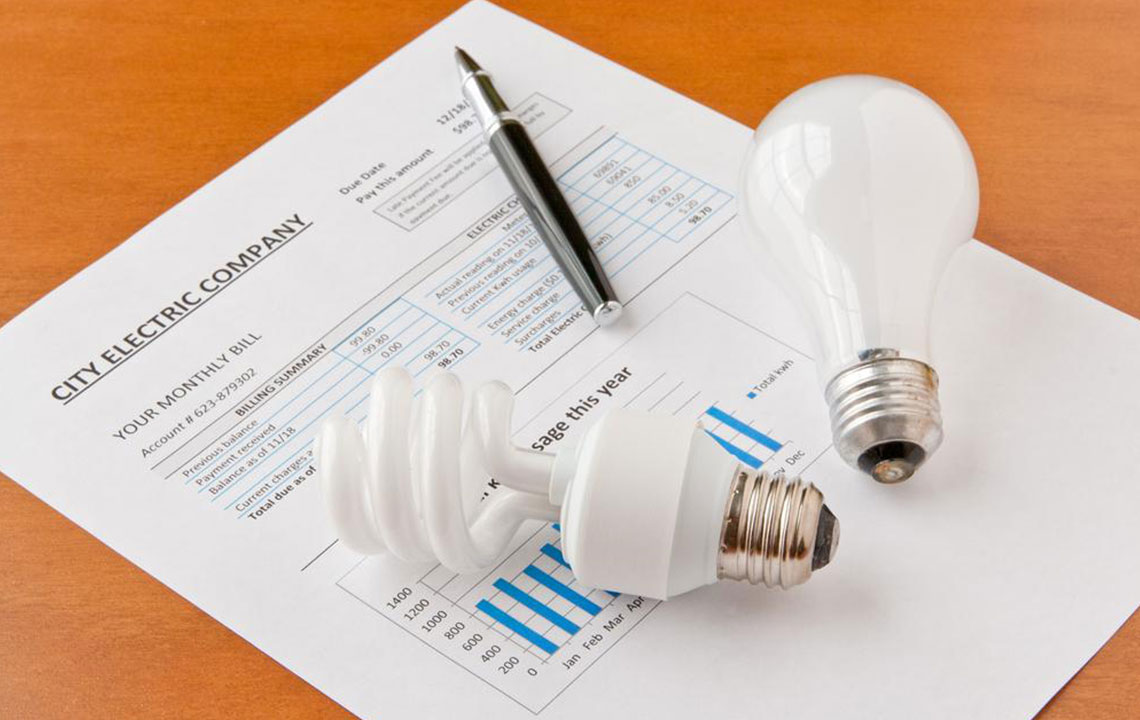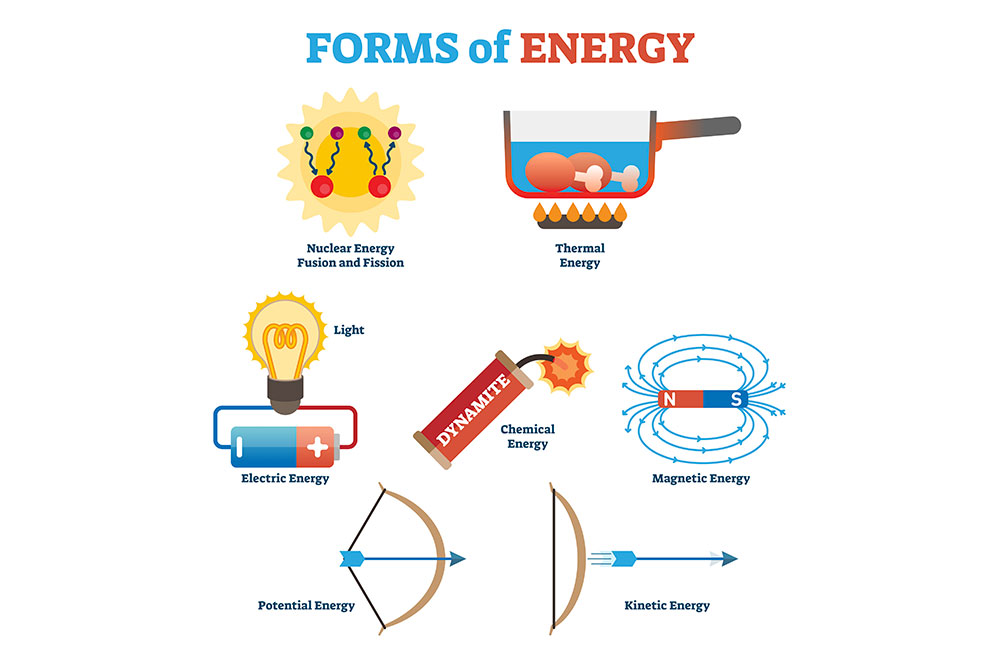Factors Impacting Electricity Pricing You Should Know
Explore the key factors influencing electricity rates, including power plant infrastructure, climate, fuel costs, and state regulations. Understand why energy prices fluctuate and how regional policies impact household and commercial bills. This guide offers insight into energy cost determinants, helping consumers make informed decisions about their electricity usage and costs.

Factors Impacting Electricity Pricing You Should Know
Over the past decade, electricity costs have been climbing steadily. Curious about what drives these rising bills? Several factors contribute to changing electricity prices, often fluctuating across different regions. Understanding these key influences can help you grasp why energy rates vary. Here are four main elements that determine the cost of electricity for households.
Power generation facilities – Location, infrastructure, and operational costs vary for each power plant. Maintenance expenses for the transmission and distribution systems can also differ, especially when weather damages or accidents occur.
Climate conditions – Local weather significantly affects electricity demand. Hot climates increase the need for cooling, raising usage and prices. Conversely, regions with abundant rainfall or snow can utilize hydroelectric power cost-effectively. Windy areas can harness wind energy for inexpensive electricity generation.
Fuel prices – Fuel costs can be highly volatile, sometimes fluctuating hourly. When demand for electricity spikes, the need for fuels like natural gas also increases, driving up fuel expenses and consequently raising electricity rates.
A higher demand for electric power can pressure fuel markets, leading to increased costs.
State regulations – Some states maintain full control over electricity pricing, while others have a mix of regulated and deregulated prices for transmission, distribution, and generation. These policies influence the final electricity rates consumers face.
Residential and commercial rates tend to be higher than industrial ones due to the broader distribution network required. Industry uses high-voltage electricity, facilitating cheaper transportation. During summer, demand surges, often resulting in higher costs, as states like Oregon, Idaho, Washington, Missouri, Kentucky, Arkansas, Utah, and Nebraska offer some of the lowest energy rates nationwide.









